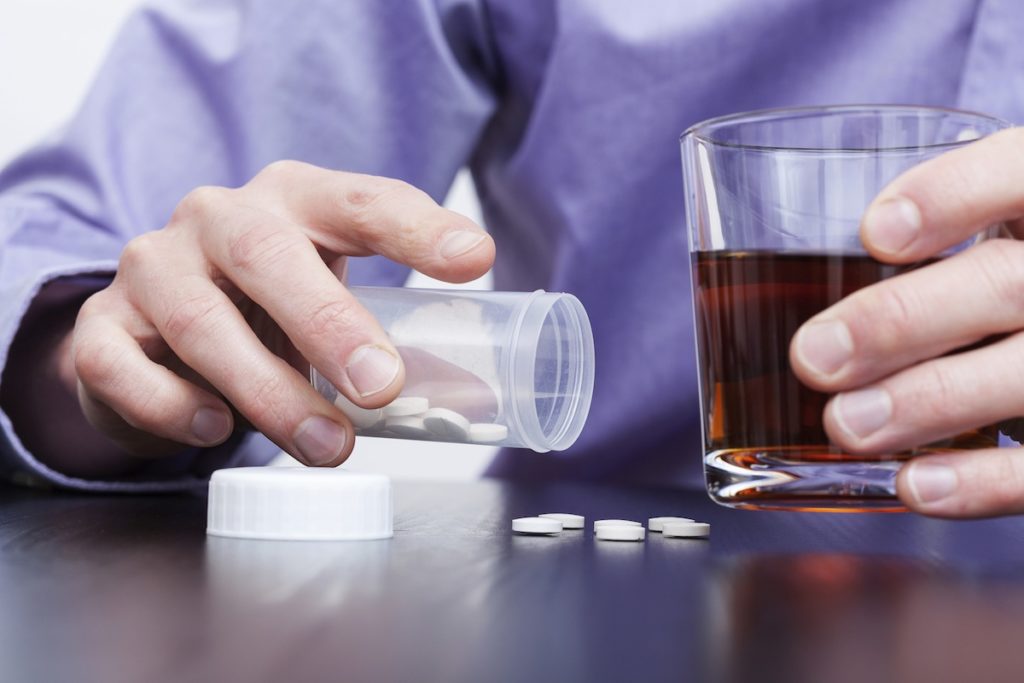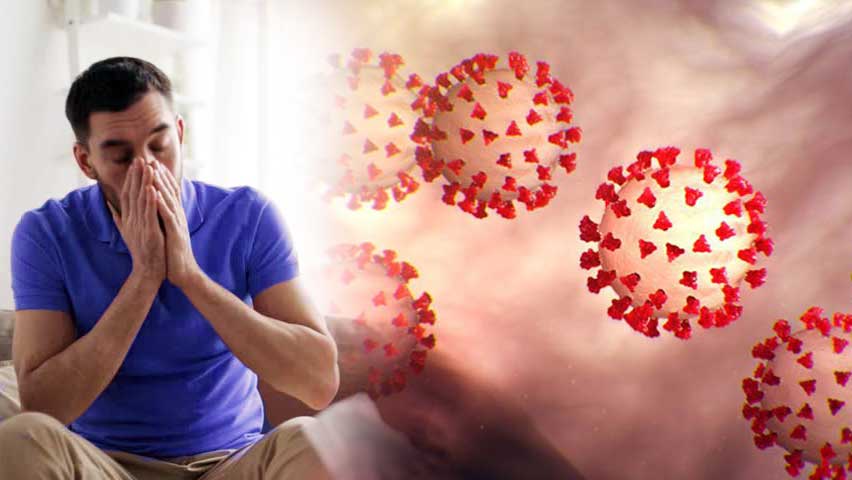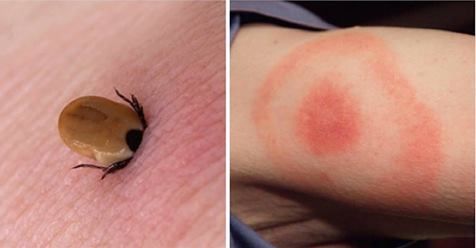What do you get if you give coffee to a drunk? Answer, a wide-awake drunk. The result is that a somnolent drunk will be stimulated enough to crash his or her car or have another misadventure. A new study has found that many underage drinkers are consuming caffeinated beverages with alcohol, resulting in dire consequences. The study was published online on November 8 in the journal Addictive Behaviors by researchers at Boston University and Johns Hopkins University.
The study authors note that mixing of alcoholic beverages with caffeine has been reported to be a public health problem among college students; however, little is known about the this practice among teens. Therefore, they conducted a study to estimate the occurrence of caffeinated alcoholic beverage use among underage drinkers; in addition, they examined differences in traditional (drinking alcoholic beverages together with caffeinated soda, coffee, or tea) and non-traditional caffeinated alcoholic beverage use (pre-mixed caffeinated alcoholic beverages or self-mixed alcoholic beverages with energy drinks or energy shots) among underage drinkers. They evaluated the subjects by age and other demographic characteristics and look at differences in hazardous drinking behavior between those that consumed caffeinated alcoholic beverages versus those that did not.
The study group comprised 1,031 underage drinkers between the ages of 13 and 20 who were identified in an Internet panel maintained by Knowledge Networks, Inc. The investigators evaluated the subject’s use of pre-mixed and self-mixed caffeinated alcoholic beverages in the past 30 day. They then conducted statistical analyses to evaluate the relationship between traditional and non-traditional caffeinated alcoholic beverage use, risky drinking behavior (i.e., binge drinking), and adverse outcomes of drinking. They compared the subjects based on age, gender, race/ethnicity, income, and general risk-taking (i.e., seat belt use).
The investigators found that the majority (52.4%) of the underage drinkers consumed caffeinated alcoholic beverages. The percentage of this practice among 13-15 year olds was 48.4%; it was 45.3% among 16–18 year-old drinkers, and 58.4% among 19–20 year-old drinkers. The risk of engaging in dangerous behavior increased with the amount of caffeinated alcoholic beverage consumed. The highest risk was found among those who engaged in binge drinking (6.3-fold increased risk, followed by fighting (4.4-fold increased risk), and alcohol-related injuries (5.6-fold increased risk).
The investigators concluded that the public health problem of caffeinated alcoholic beverage use is not restricted to college-aged youth. They noted that caffeinated beverage use among underage drinkers is higher than previously thought and that the problem begins in the early teens. In summary, adolescents who consume caffeinated alcoholic beverages, particularly non-traditional ones are at increased risk of adverse outcomes.
The short term effect of alcohol on the human body:
Alcohol is absorbed into the bloodstream through the lining of the stomach; thus measurable amounts can be present within five minutes of ingestion. If alcohol is consumed after eating a heavy meal, its absorption is slowed down. It is metabolized (broken down) in the liver; one to two hours are required to metabolize one drink. Alcohol is a central nervous depressant; small amounts can produce euphoria and relaxation while large amounts can result in coma or death. Furthermore, moderate alcohol intake (a maximum of one or two drinks a day) may have some health benefits; excessive and regular consumption can be severely detrimental to one’s health.
Different degrees of blood alcohol content (BAC) produce different effects:
Euphoria level: BAC = 0.03% to 0.12%
- Improved mood
- Increased sociability
- Increased self-confidence
- Increased appetite
- Inhibited judgment
- Impaired fine muscle coordination
- Flushed appearance
At this level, the individual may laugh more readily, be friendlier, become more socially aggressive, or undertake activities that would not normally be embarked upon. Of note, a BAC of 0.08% threshold for driving under the influence (DUI) is set for every state in the U.S.
Lethargy: BAC = 0.09% to 0.25%
- Impaired comprehension and memory
- Sedation
- Slowed reflexes
- Blurred vision
- Ataxia (lack of coordination) manifested by difficulty with balance and difficulty walking
At this level, the individual may forget phone numbers, addresses, or where he or she parked the car (not necessarily a bad thing). If driving or operating machinery, serious injuries or fatalities could occur. If walking, falls could occur.
Mental confusion: (BAC = 0.18% to 0.30%)
- Confusion is pronounced
- Labile emotions (abrupt mood changes; may laugh or cry readily)
- Increased ataxia
- Decreased pain sensation
- Slurred speech
- Staggering
- Sensory impairment (sight, hearing, touch)
- Dizziness, which is often associated with nausea
- Vomiting
This level is sometimes referred to as “falling-down-drunk.” This individual is severely impaired.
Stupor: (BAC = 0.25% to 0.4%)
- Severe ataxia
- Vomiting
- Unconsciousness (may be intermittent)
- Slowed heart rate
- Slowed respirations
- Urinary incontinence
At this level, death can occur from respiratory depression or vomiting while unconscious and aspirating vomitus into the lungs.
Coma: (BAC =0.35% to 0.50%)
- Unconsciousness
- Markedly depressed reflexes (i.e., pupils do not respond to light)
- Severe respiratory depression
- Severely-slowed heart rate
This is the level of alcohol poisoning and not uncommonly results in death.
After-effects from an acute drinking episode persist for up to 24 hours. Consumption of alcohol within several hours before retiring results in the individual falling asleep more promptly. Consumption of one alcoholic beverage may increase total hours of sleep as well as decrease awakening during the night. Higher consumption, however, results in the disruption of sleep patterns and a restful night’s sleep is prevented. The individual falls promptly asleep; however, once most of the alcohol has been metabolized, a rebound effect occurs resulting in episodes of wakefulness and light, unproductive sleep. The following morning, the consumer of two or more alcoholic beverages awakens fatigued and may experience a hangover, which can include headache, nausea, thirst sensitivity to light and noise, diarrhea, and dysphoria (depression, anxiety, and irritability). Some of these symptoms are due to dehydration, which can occur even with moderate consumption.
A single episode of drinking at the euphoric level (BAC = 0.03% to 0.12%) can have long-term consequences. Inappropriate comments or behavior while under the influence can result in the breakup of a relationship or loss of a job. Driving under the influence—even if below the legal limit of 0.08%––can result in a traffic accident, which might cause serious injury to the driver, passenger(s), other driver(s), or pedestrian(s).



